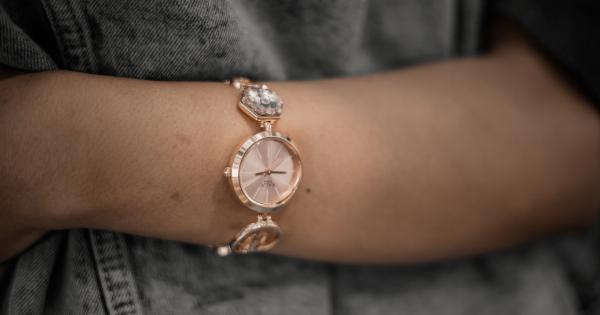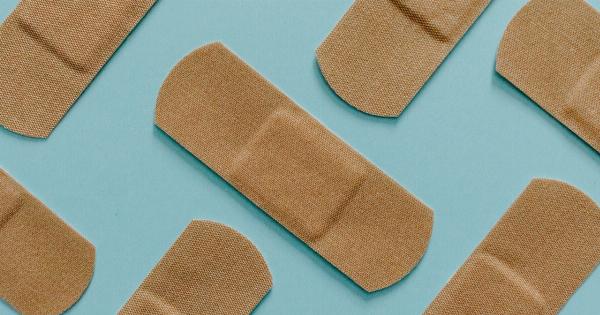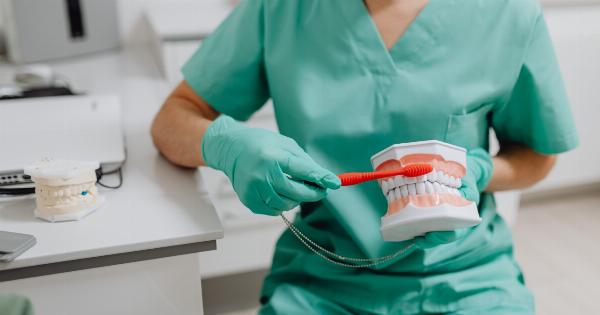When it comes to administering medicine to children, precision is of utmost importance. However, many parents still rely on teaspoons as a way to measure and administer medication to their little ones.
In this article, we will explore why teaspoons are not a reliable method for administering children’s medicine and discuss alternative methods that ensure the correct dosage is given.
The Varying Sizes of Teaspoons
One of the main reasons why teaspoons are not a reliable measurement tool for children’s medicine is due to the vast variations in teaspoon sizes.
In households around the world, you can find teaspoons of different shapes, sizes, and even materials. This makes it incredibly difficult to accurately measure and administer the correct dosage of medicine.
Different teaspoon sizes can lead to variations in the volume of medicine administered. For instance, a small teaspoon may provide a higher concentration of medicine compared to a larger teaspoon.
This inconsistency can have serious consequences, especially when it comes to potent medications or when precise dosages are crucial for a child’s health.
Uneven Surfaces and Measurement Errors
Another factor that contributes to the unreliability of teaspoons for administering children’s medicine is the uneven nature of their surfaces.
Teaspoons are often designed with decorative patterns, etchings, or engravings, which results in inconsistencies in the actual volume held by the teaspoon. These irregularities can lead to measurement errors and ultimately affect the accuracy of the dosage given to the child.
Moreover, the way the liquid settles or clings to the varying surface textures of the teaspoon can further complicate the measurement process. In some cases, the medicine may not spread evenly across the spoon, leading to inaccurate dosing.
This lack of uniformity can be particularly problematic when dealing with potent or delicate medications that require precise measurements.
Inadequate Capacity for Liquid Medications
Teaspoons, as the name suggests, were primarily designed for stirring beverages and adding sugar to tea or coffee. They are often not ideal for accurately measuring liquid medications that may require more precise milliliter measurements.
Some liquid medications have specific concentration levels that are determined by their dosage in milliliters. With teaspoons, it is nearly impossible to accurately measure a milliliter-based dosage, often resulting in overdosage or underdosage.
This can be particularly concerning for medications with narrow therapeutic windows, where slight deviations from the prescribed dosage can have profound effects on a child’s health.
The Risk of Double Dipping
Double dipping refers to the act of dipping the same teaspoon back into the medicine bottle or cup after it has made contact with the child’s mouth.
This poses a significant risk of contamination and leads to an inaccurate measurement of the medicine. The saliva left on the spoon can alter the concentration of the medication, making it less effective or potentially harmful.
Double dipping not only affects the effectiveness of the medicine but also introduces the risk of spreading bacteria or other pathogens. This can lead to infections or exacerbate existing conditions, jeopardizing a child’s well-being.
Using teaspoons as a measurement tool increases the likelihood of this improper practice, further emphasizing the importance of finding alternative methods.
Alternative Methods for Measuring Children’s Medicine
Fortunately, there are reliable and safer alternatives to using teaspoons when it comes to measuring and administering children’s medicine:.
1. Oral Syringes
Oral syringes have long been considered one of the most accurate and efficient methods for dispensing liquid medication to children. These syringes provide clear, marked measurements in milliliters, ensuring precise dosing.
Additionally, the lack of surface irregularities and the absence of crevices minimize the risk of measurement errors and contamination.
2. Dosage Cups or Spoons
Dosage cups or spoons are specifically designed to provide accurate measurements for liquid medications.
These cups often come with clear markings that indicate various dosage levels, making it easier for parents to administer the correct amount of medicine. Plastic dosage spoons are particularly useful for liquid medications that require a slightly larger volume, as they offer better control compared to teaspoons.
3. Medication Droppers
Medication droppers are frequently used for administering small amounts of liquid medication. They allow for precise measurement, especially when the dosage required is minimal.
Droppers are also commonly used for infants or young children who may not be able to swallow larger volumes of liquid medication.
4. Calibrated Medicine Bottles
Some liquid medications are supplied in calibrated bottles, which have clear markings to indicate the exact dosage in milliliters.
These bottles eliminate the need for additional measuring tools and provide a convenient and accurate method of administering medication.
5. Medication Dosage Apps
In the digital age, smartphone apps can be a helpful resource for parents. Many medication dosage apps are available, enabling parents to input their child’s weight, the specific medication, and the prescribed dosage.
These apps provide accurate measurements and can even set up reminders for medication administration.
The Importance of Accurate Measurement
Accurate measurement and administration of children’s medicine are vital to ensure their safety and well-being. Whether it’s a mild illness or a serious condition, providing the correct dosage is crucial for effective treatment.
Overdosing can lead to adverse reactions, toxicity, and potential harm to the child’s health. On the other hand, underdosing may render the medication ineffective, delaying recovery or exacerbating the illness.
Precision in administering medication can significantly impact the outcome and speed of a child’s healing.
Consult Your Healthcare Provider
When determining the appropriate method for administering your child’s medicine, it is important to consult with your healthcare provider. They can guide you on the safest and most accurate ways to measure and administer the medication.
Remember, teaspoons may seem like a convenient option, but their unreliability makes them an unsuitable choice for administering children’s medicine.
By utilizing accurate measurement tools like oral syringes, dosage cups, or spoons, medication droppers, calibrated medicine bottles, or even medication dosage apps, you can ensure that your child receives the correct dosage for optimal treatment outcomes.
Choose precision and safety when it comes to your child’s health.






























